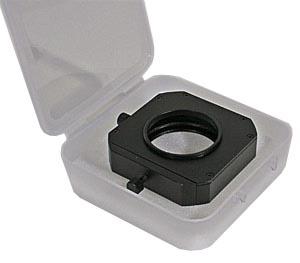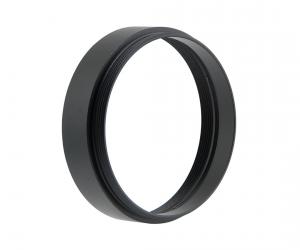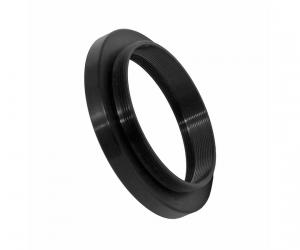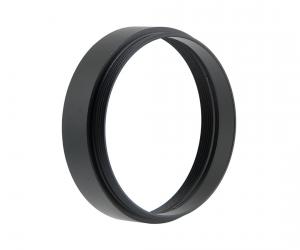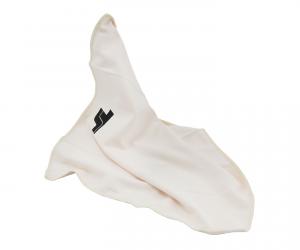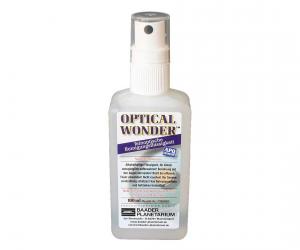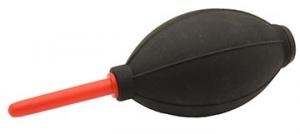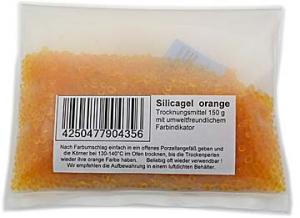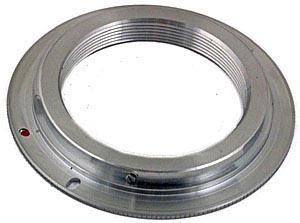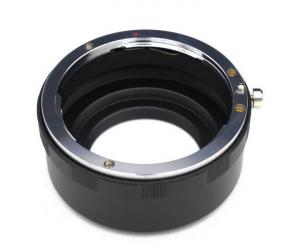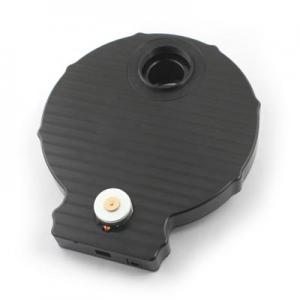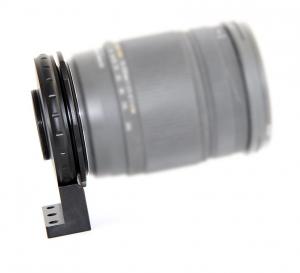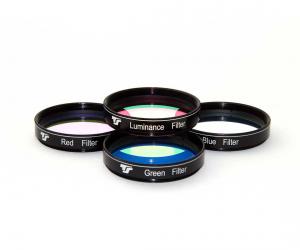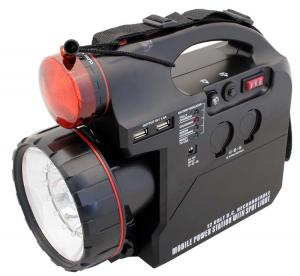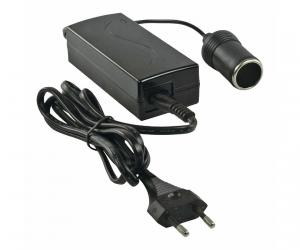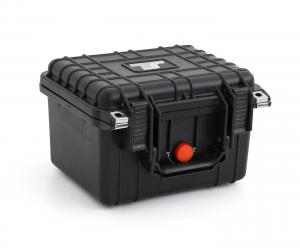- Telescopes
- Overview:
Telescopes - Achromatic Refractor
- Apochromatic Refractor
- Overview:
Apochromatic Refractor - ED Refractor - less color aberration than an achromatic
- SD APO - color free 2-element APO objective
- EDT APO - 3 element ED objective
- High End APO with 3-element APO objective - no color aberation
- Flatfield APO with flat field for Astrophotography
- All Apos and EDs from all manufacturers - large overview
- TS APO and ED from Japan with high quality optics
- Overview:
- Newtonian Telescopes
- Dobsonian Telescopes
- RC Ritchey Chretien Telescopes
- Casssegrain Telescopes
- Reflektor Telescopce with Lens Correcture
- Maksutov Cassegrain Telescopes
- GoTo Telescopes
- Solar Telescopes H-Alpha
- Overview:
- Mounts Tripods Rings Rails Power Supply ...
- Overview:
Mounts Tripods Rings Rails Power Supply ... - Mounts Equatorial with GoTo
- Mounts Equatorial without GoTo
- Mounts Azimutal with GoTo
- Mounts Azimutal without GoTo
- Mounts GoTo - Harmonic Drive
- Travel mounts for astro imaging
- Tripods Piers Polar Wedges
- Mount Control & Electronics
- Dovetail Clamps, Plates and Mount Adapters
- Tube Rings
- Power Supply
- Counterweights Balance Weights
- Mount Accessories - Other
- Overview:
- Telescope Accessories
- Overview:
Telescope Accessories - Eyepieces
- Barlows & Reducer Lenses
- Diagonal Mirrors and Prisms
- Binocular Viewers
- Finder Scopes
- Telescope Collimation and Test
- Cleaning Tools
- Transport and Storage
- Dust protection for Telescopes & Accessories
- Stray Light Protection
- Dewcaps and Heater
- Focusers, Adapters, Motorfocus
- Telescope DIY & Improvement
- Other telescope accessories
- Replacement Parts
- Overview:
- Filters
- Overview:
Filters - Color Filters and Color Filtersets
- Nebular Filters for Visual Observing
- Neutral-Density and Polfilter
- Photo Narrowband Nebular Filters
- Photo Broadband Filters
- Photo Planetary Filters
- Photo R-G-B and IR Cut Filters
- Photo - Filtersets
- Photometric Filters
- Clip Filter for DSLR Cameras
- Filter Wheels and Filterslider
- Solar Filters for white light
- Solarfilter for H-Alpha and Calcium
- Overview:
- Adaptors
- Overview:
Adaptors - Adapter 1,25" and 24,5mm
- Adapter 2"
- Adapter T2 - M42x0.75
- Adapter M48x0,75
- Adapter M54
- Adapter SC
- Adapter M63
- Adapter M68
- Adapter to other Threads
- Adapter Extensions
- Adapter camera bayonet
- Adapter Objective Filterthread
- Adapter Quick Changing , Rotation
- Adapter Eyepiece Projection
- Adapters Tilting
- Overview:
- Astrophotography and Photography
- Overview:
Astrophotography and Photography - Cooled Cameras
- Cameras without Cooling
- Deep-Sky Cameras uncooled
- Set-Offers Camera, Filter, Wheels
- Acessories for Cameras
- Travel mounts for astro imaging
- Imaging Correctors for Telescopes
- Autoguiding Cameras & Sets
- Everything for Guiding
- Focusing aids - Bahtinov mascs
- Flat Field foils and boxes
- Lenses for Cameras
- Piggyback Camera Holder
- Camera Bags, Photocases & more
- Digital Camera and Smartphone Adapter
- Other photo accessories
- Overview:
- Binoculars, Spotting Scopes, Microscopes, Range Finders
- Overview:
Binoculars, Spotting Scopes, Microscopes, Range Finders - Roof Prism Binoculars
- Binoculars with Porro prisms
- Binoculars from 100mm Aperture
- Binoculars with 1,25 inch eyepieces
- TSMX APO Binoculars
- Binoculars for Astronomy
- Binoculars Hiking Bird watching
- Monoculars - Opera Binoculars
- Accessories for Binoculars
- Spotting Scopes
- Range Finders
- Microscopy
- Bags for Phototripods & Binoculars
- Overview:
- Phototripods and Binomounts
- Books, Software
- Overview:
Books, Software - Books for Astronomy Beginners
- Star Charts and Planispheres
- Books about our Solar System
- Observing Tips for Amateurs
- Popular Astronomy Literature
- Teaching material
- Astrophotography books
- Telescopes, Observatories, Construction
- Calendars Yearbooks
- Software, Star Charts
- Books for Microscopers
- Books Nature and Animals
- Nature Photography TimeLapse
- Overview:
- Night Vision, Magnifiers, Weather, Domes & more
- Beginner Astronomy and Gift Ideas
- Second Hand & Special Offers
- New products
Manufacturer: Atik .. CCD Cameras
Product number: 2024-1807-51
EUR879.00new
EUR 879,00RRP EUR 1.299,00you save 32.3% (EUR 420,00)
incl. 19 % VAT (DE)
The VAT indicated refers to that applicable in Germany. After logging in, the VAT amount is adjusted to the applicable VAT of the stored delivery country. Therefore, the final price may vary accordingly.
excl. 6.95 € shipping costs (DE)
more details to the shipping costs ...Please log in to calculate shipping costs to your country.
There are no reviews for this product
- Details..
- Technical data..
- In the box..
- Reviews..
- Manufacturer infos..
- Safety informations..
ATIK Horizon B/W Astro Camera, with CMOS sensor, cooled
The Atik Horizon is the first CMOS camera from Atik. Therefore Atik opens itself to this interesting technology, as one of the first professional CCD camara manufacturers. A state-of-the-art 16 MP sensor from Panasonic offers a sensitivity of which one could only dream of with previous CCD cameras. Additionally, the sensor convinces with an extremely low read noise, the image is smoother and low-noise, even at very short exposure times.The advantages and features of the ATIK Horizon CMOS cameras:
Amp Glow Control
From the outset, the Horizon has benefited from a built-in 256 MB DDR3 image buffer to remove amp glow and other artifacts caused by data transfer over USB2, all while preventing issues with dropped frames.Fused quartz cover glass with full IR transmission
This protective window lets IR radiation pass. The good sensor sensitivity beyond H-alpha also allows the exciting use for infrared photography with suitable optics. The protective window has already proven well for the Atik cameras and additionally prevents condensation.More than "just" Ascom compatible:
Atik provides an ASCOM driver with which you can operate the camera with your preferred software, like MaximDL. Additionally, the camera is also compatible with the proven Artemis Capture software. This software provides full camera control.The camera is also compatible with the innovative Infinity Live Stacking Software. This software makes astrophtography easier than ever before and fites especially well with the Atik Horizon cameras.
Advantages of the Version II
The exciting evolution of the camera comes as a result of the extensive R&D work of the Atik team; this has led to the improved electronics and an increased variety of options that Horizon II makes possible. The camera now features three modes of operation, with Powersave and Fast modes available in addition to the default setting of Normal mode.In Powersave mode, the highest quality images of the camera are produced. Meanwhile Fast mode takes advantage of the on board DDR memory to return a constant stream of images. Fast mode increases the frame rate of the Horizon II to 8FPS, with further increases up to 100FPS being possible through the use of subframing. This enhances the experience of those using the camera for planetary imaging, as the faster frame rate minimises the atmospheric distortion of a set of images. This in turn makes the stacking process, carried out by various Horizon II compatible software, simpler and more efficient.
Horizon II is also natively compatible with our Infinity live stacking software. This software is designed with deep sky applications in mind and is simultaneously useful for novices and advanced users alike. Its image processing helps to minimise the learning curve whilst advanced functions, such as flexible histogram control, enable a complete astrophotography experience for those more experienced users.
Adaptation for correctors with M48 connection and 55 mm working distance
Many correctors have an M48x0.75 threaded connection on the camera side. This adapter suggestion allows you to adapt and additionally use 2" filters (like L-RGB or nebula filters) directly in front of the camera. The articles are linked in the accessories section.Good storage is an important preventive measure against dew and also extends the service life
After use, put the camera straight into the TS Protect Case and add some silica gel. During storage, the silica gel absorbs the moisture from the camera. At the same time, the penetration of moist room air is prevented. Dry storage can even partially regenerate the small desiccant tablets in cooled cameras. Your camera or accessories are always ready for you in optimum condition. You can find the silica gel and the case in our product recommendations.The cameras are not airtight, so if the camera remains on the telescope, it is exposed to moisture. The small amount of desiccant in the camera can protect the sensor and the inside of the protective glass from moisture for the duration of the exposure, but not for days on end. Moisture problems can be the result. A simple trick is to stretch a plastic bag around the focuser to which the camera is attached so that no air can get in. Silica gel is placed in a small cloth bag inside the plastic bag. This will also create a "dry climate zone" for the camera on the telescope. This allows you to leave the camera on the telescope for a few days for an imaging session lasting several days.
In the medium and long term, however, this is no substitute for proper storage in an airtight case with silica gel.
Astrophotographic results obtained with this camera on Astrobin
Here you can find some astrophotographs made with this camera model: Link to Astrobin| Sensor: | Panasonic MN34230 4/3" CMOS |
| Horizontal Resolution: | 4644 pixels |
| Vertical Resolution: | 3506 pixels |
| Pixel Size: | 3.8 µm x 3.8 µm |
| ADC: | 12 bit |
| Readout Noise: | ~1 e- at x30 gain |
| Gain Factor: | Selectable from 1 - x60 |
| Full Well: | ~20,000 e- |
| Dark Current: | 0.016 e-/pix/s at -10 °C |
| Computer connection: | USB 3.0 (compatible to USB 2.0) |
| Power Supply: | 12 V DC 2 A |
| Maximal Exposure Time: | Unlimited |
| Shortest Exposure Time: | 18 µs |
| Cooling: | TE cooling up to 40 °C below ambient |
| Weight: | approx. 525 g |
| Diameter: | 74 mm |
| Backfocus: | 13 mm |
| Connection Thread: | M42x0.75 T2-thread (female) |
| System Requirements: | Windows 10 / Win 8 (not RT) - USB2.0 or USB3.0 |
Astrophotographic results obtained with this camera on Astrobin
Here you can find some astrophotographs made with this camera model: Link to Astrobin| Manufacturer / Importeur: | Atik Cameras Uniperssoal Lda |
| Street: | R. Horta dos Bacelos 15 |
| ZIP / City: | 2690-390 Santa Ira De Azoia |
| Country: | Portugal |
| Telefon number: | +351 210868596 |
| Email: | sales@atik-cameras.com |
| Website: | www.atik-cameras.com |
Safety informations: PDF Download
Recommended accessories
Adaptation Suggestion
Cleaning & Collimating
TS-Optics Optical Super Microfiber Cleaning Cloth
EUR 5,99RRP EUR 7,95you save 24.7% (EUR 1,96)
Customers who bought this product also bought...
Photo Acessories
TS-Optics Optics Adapter for Canon EOS Lenses to T2 for astro cameras - with 1/4" photo...
EUR 99,00RRP EUR 119,00you save 16.8% (EUR 20,00)
TS-Optics LRGB Filter Set 2" - CCD/CMOS Interference Filter Set
EUR 299,00RRP EUR 369,00you save 19% (EUR 70,00)
Power Supply
Omegon Power Tank with 7 Ah - 12 V power supply for telescopes
EUR 119,00RRP EUR 149,00you save 20.1% (EUR 30,00)
Transport & Covers
TS-Optics Protect Case waterproof hard case - width 271 mm
EUR 34,98RRP EUR 44,95you save 22.2% (EUR 9,97)
Reviews












